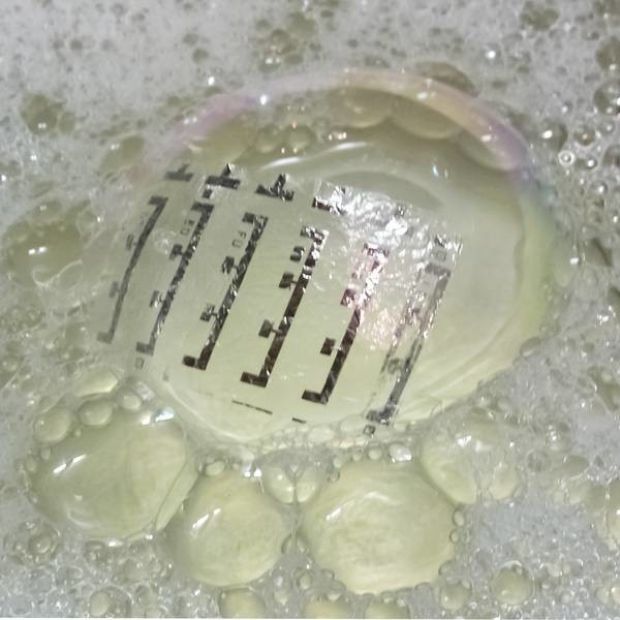A recent paper in the journal Nature Communications describes a newly developed type of electronic skin that promises to kind of, sort of turn otherwise perfectly average guys and gals into Marvel's villain Magneto.
The electronic skin, developed by scientists with the Leibniz Institute for Solid State and Materials Research in Germany (locally known as the Leibniz-Institut für Festkörper- und Werkstoffforschung), packs a sensory system designed to detect the presence of magnetic fields.
What this means is that, while wearing this high-tech skin, regular folks could perceive the presence of magnetic fields. True, they would not be able to control and generate such fields like Magneto does, but just detecting them would nonetheless be pretty cool.
Using technology to give people a sixth sense
Writing in the journal Nature Communications, the brainiacs behind this research project explain that the magnetic sensor that they developed and incorporated into the design of their electronic skin is thin and pliable, yet surprisingly robust.
Thus, they say that their high-tech magneto-electronics measure less than 2 micrometers in thickness and weigh merely 3 grams per square meter. What this means is that they are light enough to sit on a soap bubble without crushing it. No, really, check out the photo below to see for yourselves.
The researchers go on to explain that, being so light and flexible, their electronic skin can easily be adapted to cover human skin, including palms. Doing so would give individuals a brand new sense in that it would make it possible for them to detect magnetic fields.
Why waste time and money developing this electronic skin?
True, being able to detect magnetic fields without having to turn to all sorts of machineries for help would be pretty cool. Still, it wasn't their love of coolness that made the Leibniz Institute researchers develop this electronic skin.
On the contrary, the scientists imagine adding their high-tech skin to medical implants in order to make them more efficient and even using it for orientation. This latter idea stems for the fact that, for millennia now, birds and sharks have been using magnetic fields for orientation and navigation.
“We have demonstrated an on-skin touch-less human-machine interaction platform, motion and displacement sensorics applicable for soft robots or functional medical implants as well as magnetic functionalities for electronics on the skin,” says specialist Michael Melzer.
“These ultrathin magnetic sensors with extraordinary mechanical robustness are ideally suited to be wearable, yet unobtrusive and imperceptible for orientation and manipulation aids,” researcher Oliver G. Schmidt further explains.

 14 DAY TRIAL //
14 DAY TRIAL // 

